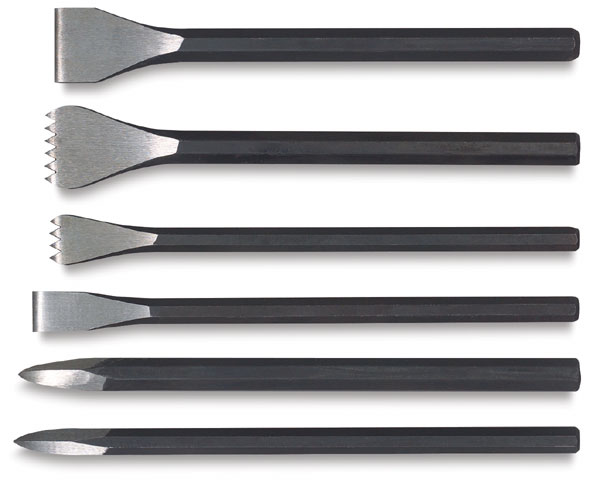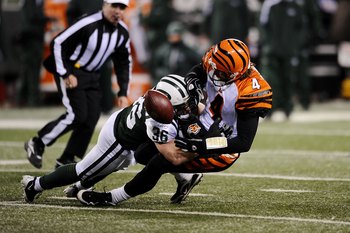Age and Ballistics
 Monday, June 20, 2011 at 11:23PM
Monday, June 20, 2011 at 11:23PM 
Well, genetics. They matter. A lot. But you can't do anyting about them, so let's move on.
Gravitational Acceleration
When we are young, we grow a lot. We grow muscles, bone, red blood cells, fascia, and everything else we need to do what we want to with our bodies. Starting at puberty, we usually see improvements with every application of consistent and progressively intense stress (and ample recovery time), but things eventually start to slow down. It’s a hell of a tool, but time has a hell of a way of dulling its edge. And if you ask anyone who’s past that point of diminishing marginal return, they’ll tell you that the day you start dying is your 30th birthday.
It starts with recovery time. You won’t be able to get back on the horse as fast from hard workouts or injuries. It’ll take you longer to lose fat or gain muscle. Things will hurt that didn’t and range-of-motion will start to evaporate. You will be able to get stronger, faster, and hotter, but the gains will come more and more slowly. Like a ball thrown into the air, gravity has a way of slowing everything down until it comes crashing down to earth.
Velocity
All is not lost on the next 2/3 of our lives, however. There is a handful of simple things that we can do to insure we age gracefully and as my Grandfather put it, “take out the trash on the day we die.” Key among them is to never stop training. Always have a goal; always be trying to improve; always train smartly to get there. By obeying CPR, and trying to get better at something every damn day, you will generate a lot of momentum. But don’t just think in terms of strength or cardio. Gravity’s effects are universal so you’ll need to look at every aspect of your movement health, chiefly power and mobility.
Age saps all our muscle fibers, but none as acutely as the fast-twitch muscle fibers. Loss of these fibers is the major reason older people lose balance and coordination. Their brains know they are falling, they just can’t recruit the fibers necessary to right themselves. Training for power early and continuing to do so while we age is an excellent way to postpone those life-changing falls that happen later in life.
When I’ve coached clients in their 80s, one of the hardest activities we do is just getting up off the ground. Not Turkish Get-ups, I’m talking about just getting up. Strength is a factor there, but the main culprit is simple mobility. The connective tissue of the body, as well as the skin, loses elasticity as we age. The solution to this is the same as with fast-twitch fiber: get all the mobility you can, when you can. Stretch, activate, stabilize and always lift with a full range-of-motion. Your body wants to seize up to protect itself, but those shortened ROMs are a one-way ticket to LifeAlert if you don’t take mobility work seriously when you are young.
Other things like lean-mass, bone-density, and CNS coordination will all benefit from consistent, intense strength training and intelligent recovery. And the benefit of age is always experience. By the time you have 30-40 training years under your weight belt, you’ll know how to listen to your body and maintain the velocity that you created in your youth.
Time of Flight
 Of course, if you ask me to, I can recommend a single exercise that trains all the weaknesses of aging: the kettlebell swing. It's ballistic so it trains power; it's intense enough resistance to maintain strength, muscle mass, and bone-density; it really trains the muscles that gravity hits hardest (the hinging and pulling muscles); it uses the full mobility of the hip; and it gets the heart going like nothing else. In short, keep swings in your diet if you wanna live until you die.
Of course, if you ask me to, I can recommend a single exercise that trains all the weaknesses of aging: the kettlebell swing. It's ballistic so it trains power; it's intense enough resistance to maintain strength, muscle mass, and bone-density; it really trains the muscles that gravity hits hardest (the hinging and pulling muscles); it uses the full mobility of the hip; and it gets the heart going like nothing else. In short, keep swings in your diet if you wanna live until you die.
You shouldn’t get freaked out about getting older. As Maurice Chevalier said, “it’s not so bad when you consider the alternative.” In fact, you don’t even really need to change your training philosophy. Whether your goal is to get faster, stronger, hotter, healthier, or if you just want to improve you flight time, training smart doesn’t change. Just stay in touch with your body and keep trying to improve your weaknesses. If you never stop training and focus on mastering the basics, you will launch yourself into your golden years with solid base of health and a lot of velocity.
 Stevo | Comments Off |
Stevo | Comments Off |  Healthy Habits
Healthy Habits 






